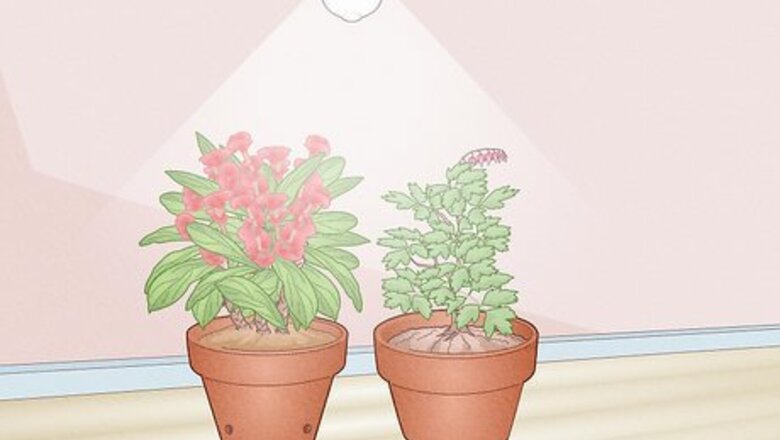
views
Do plants grow well under LED lights?
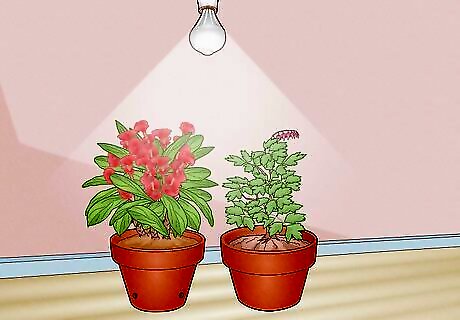
Yes, plants can definitely grow and thrive under LED lights. Since LED lighting is relatively new, people have a lot of questions about how effective it is for plant growth. Scientists and plant biologists agree that LED lighting is one of the best artificial lighting options available. Plants of all kinds, including vegetables, flowers, and herbs, respond well to LED lighting during all phases of growth, from the seedling stage to maturity.
Can I use regular LED lights or do I need LED grow lights?
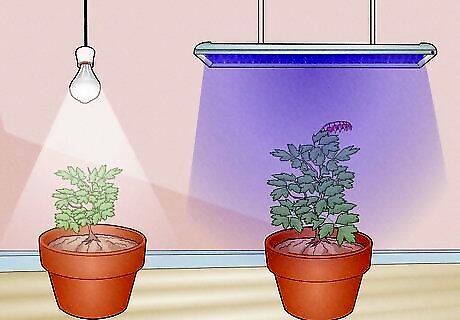
You can use regular LEDs but you’ll get better results with LED grow lights. LED bulbs and strips usually produce white light, which is helpful for general plant growth. However, plants really need blue and red light to thrive. LED grow lights come in a spectrum of colors and a wider range of wattages than regular white LEDs. Since regular white LEDs are cheaper than LED grow lights, you can always experiment with them first. Plants will certainly grow under white LED lighting, but they probably won't thrive.
What are the benefits of using LED lights to grow plants?
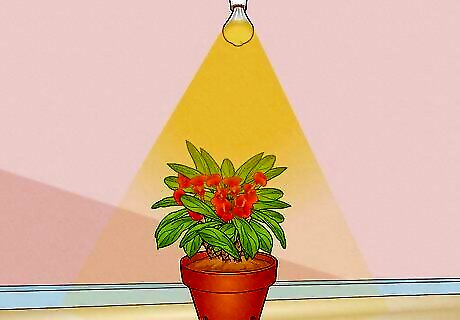
LEDs emit high quality lighting that plants thrive in. "Light quality" refers to the color of light. Because LED lighting comes in a wide range of colors, it can mimic sunlight more accurately than other artificial lights. You can also adjust the color to enhance growth during specific stages, which may result in bigger and healthier plants. NASA has been studying LED lighting for years. In many studies, plants grew taller and faster under LEDs than other types of artificial light.
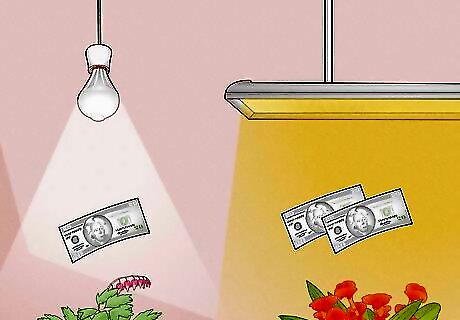
LEDs are more energy-efficient than other types of grow lights. Energy efficiency is one of the biggest benefits of LEDs. In the long run, LEDs are a lot more cost efficient because they use less electricity and don't need to be replaced as often as other types of bulbs. These advantages also make LEDs the most environmentally friendly solution. If you’re interested in reducing your carbon footprint, LEDs are the way to go.
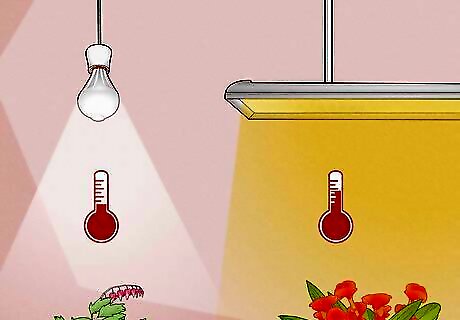
LEDs produce far less heat than traditional types of grow lights. Generating less heat is beneficial for several reasons. You won’t have to waste energy adjusting the temperature of your grow room because of hot lights. Less heat also means your plants will require less frequent watering, which prevents waste.
What’s the difference between LEDs and other grow lights?
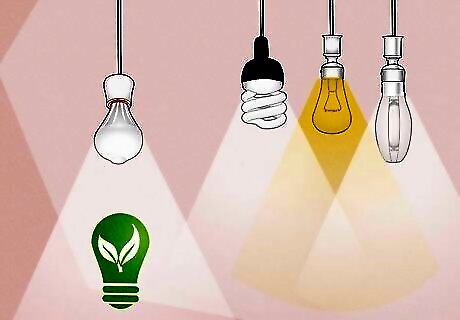
LEDs are more efficient, emit higher quality light, and produce less heat. Aside from LEDs, there are 3 other lighting options on the market: fluorescent, incandescent, and high-intensity discharge (HID) lighting. Each option has distinct advantages and disadvantages, but LEDs outperform them in almost every category. Here’s a quick breakdown of each lighting option: Fluorescent lighting is moderately energy efficient and the bulbs/tubes cost less (upfront) than LEDs. Unlike LEDs, they produce a small amount of heat which can burn the plants and increase costs. LEDs produce a wide range of colors to enhance plant growth; fluorescent lights are mostly limited to red and blue light. Incandescent lighting is the cheapest option. It's extremely energy inefficient and produces a lot of heat, though, which isn't good for your plants or wallet. Incandescent bulbs mostly emit only red light, but plants need both red and blue light (at minimum) to thrive. HID lighting is mostly used in greenhouses and commercial settings. HID bulbs last a long time but they produce a ton of heat, which makes them impractical for indoor use. They also have to be mounted with bulky, expensive fixtures to avoid burning the plants.
Are there any disadvantages to LED grow lights?
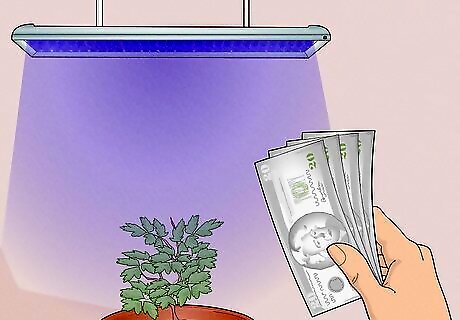
They cost more money upfront than other types of grow lights. LED grow lights are cheaper than they used to be, but they still cost more upfront than incandescent and fluorescent lighting. Incandescent bulbs are the cheapest upfront option, but they’ll cost you a lot more money in the long run. Fluorescent bulbs are more expensive than incandescent bulbs but cheaper than LEDs.
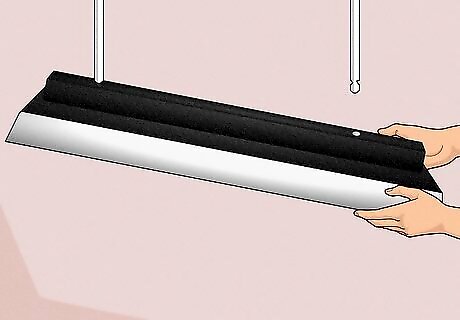
Some LEDs are pretty heavy compared to other lights. Because of the way they're designed, some LED setups (especially large ones) can be fairly heavy. The extra weight makes them harder to move around and mount in a home environment. Limited mounting options may also decrease how much light coverage you're providing, but it really depends on the device's design and size.
What do the different LED colors mean for plant growth?
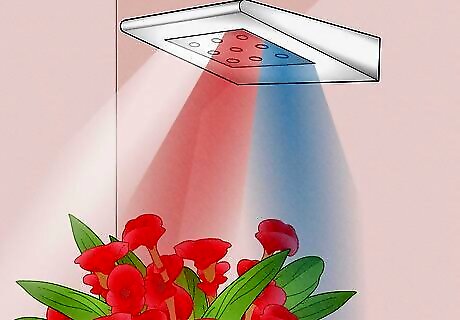
LED lights can better mimic the color spectrum of sunlight. Plants thrive best in natural sunlight. Sunlight creates a spectrum of colors: white, red, blue, violet, yellow, and green. LEDs come in all of these colors whereas other types of lights have a limited color spectrum. You definitely want a full spectrum grow light. The most crucial colors for plants are white, red, and blue light. White light is good for general plant growth, but plants must have red and blue light to thrive. Red light is necessary for seed germination, flowering, and fruit production. Blue light is essential for strong leaves and stems. Violet, yellow, and green light all play vital roles, as well. Violet light can spike growth and may improve the flavor and aroma of some plants. Yellow light and green light contribute to photosynthesis (although they don’t promote as much growth as red and blue light).
How do I set up my LEDs for optimal plant growth?
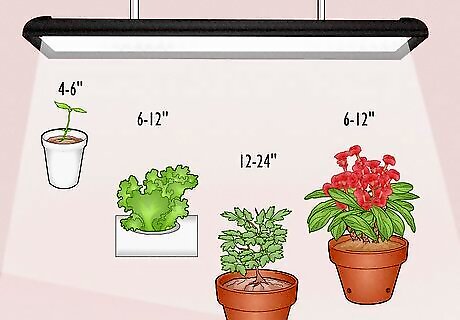
Maintain a proper distance between the plants and LED lights. LEDs are extremely bright and the intensity can damage your plants if you don't position the lights properly. The proper distance depends on the size, age, and type of plant you're growing. Here are some general guidelines to get you started: Seedlings: maintain a distance of 4-6 inches (10-15 cm) between the plants and LEDs. Remember to move the LEDs up regularly as the plants grow taller. Hydroponic lettuce and herbs: 6-12 inches (15-30 cm) Foliage houseplants: 12-24 inches (30-60 inches) Flowering houseplants: 6-12 inches (15-30 cm)










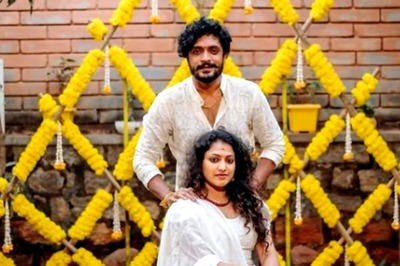
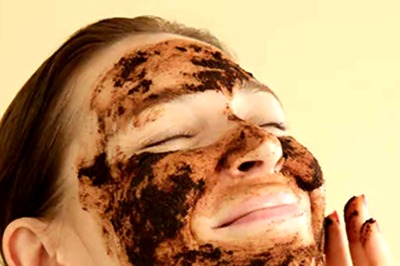







Comments
0 comment